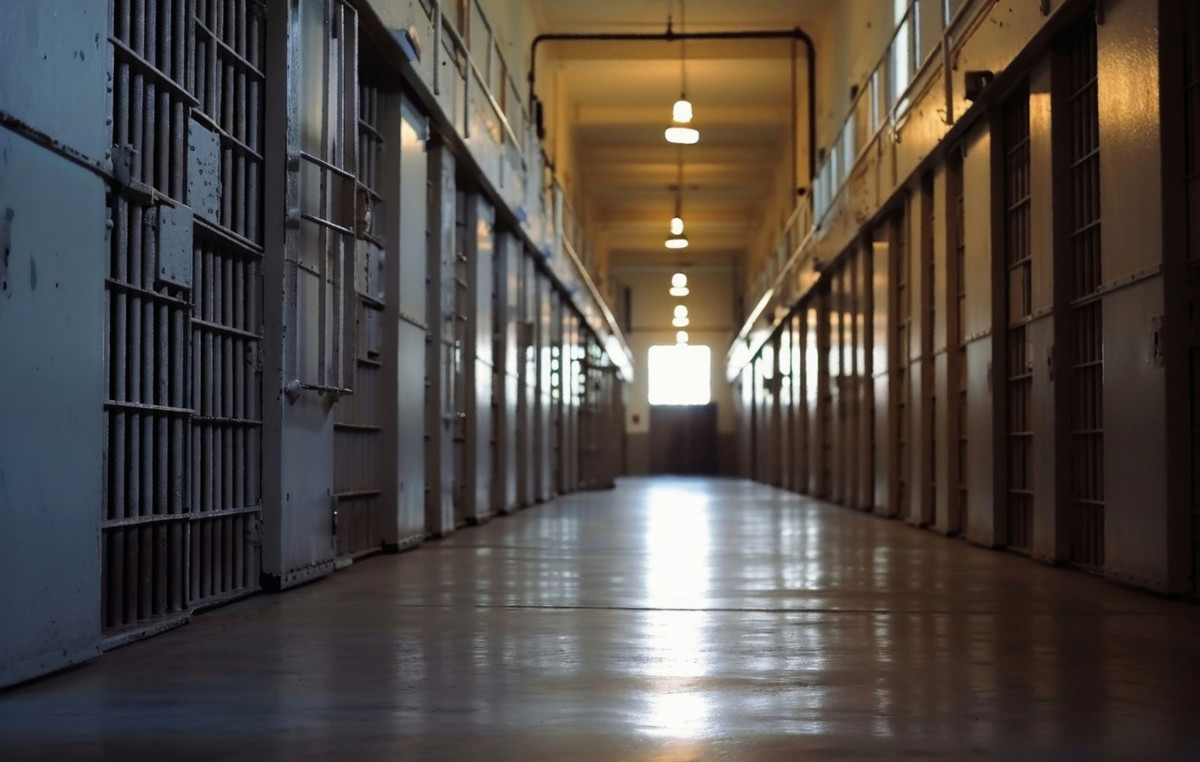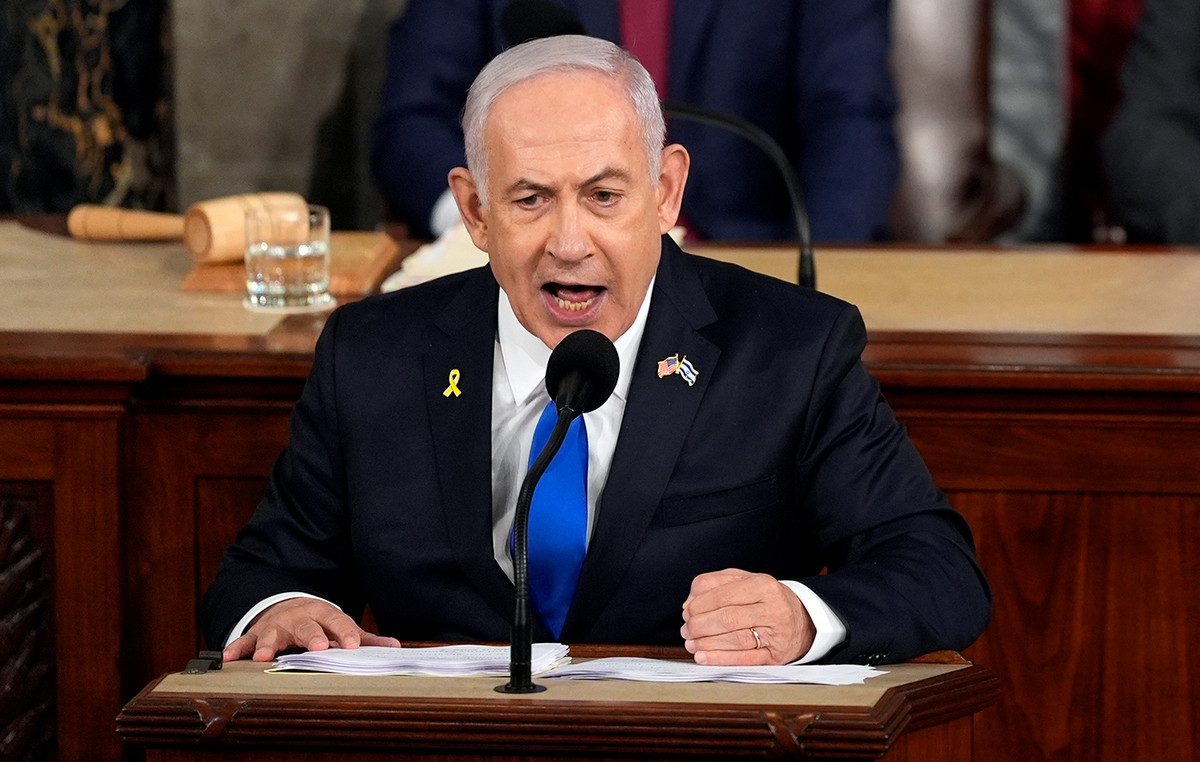Investors are investing in rising euro-linked derivatives, according to industry and market sources, as they bet that the European Central Bank’s “hawkish” trend marks the end of eight years of negative interest rates. in the eurozone, as reported by Reuters.
The euro has hit a three-month high near 1.15 against the dollar since the ECB reported interest rate hikes later in 2022 and said the March 10 meeting would be crucial in deciding how quickly the central bank would cut the bond purchasing program on its part.
ECB policymakers, including President Christine Lagarde, have since adopted a softer tone. Many traders, however, believe that the change in sentiment is evident and that markets should “catch up” with the ECB, which is finally ready to tighten monetary policy, even if it does not make the change as quickly as other banks.
“There was not enough pricing in the euro and people had to look at the ECB and when it could tighten policy. German inflation is very high,” said Antony Foster, head of G10 spot trading for the EMEA region (Europe). – Middle East – Africa) at the Japanese bank Nomura.
The end of the negative interest rates would mark another important moment for the eurozone markets, which have suffered constant outflows and currency weakness, which analysts attribute to the negative interest rates.
These interest rates have made the euro a favorite currency for hedge funds involved in profitable carry trades (the equivalent of lending in low-yield currencies to invest in relatively higher-yielding currencies).
A strategy of lending euros and investing them in US dollars, Australian dollars and sterling recorded a yield of 5.3% last year, the highest since 2015, according to data from Refinitiv.
Vassilios Gionakis, head of European foreign exchange strategy at Citibank, said the mentality that wanted the euro as a cheap currency for lending was beginning to disappear.
“The ECB decision has changed the game for the euro,” he said. “While we do not expect the performance gap between the euro and the rest of the world to shrink dramatically, it is a major climate change.”
Nomura Foster said its customers had bought a large number of euro buying options that give traders the right to buy euros in the future at predetermined prices, over a period of 1 month to a year.
This includes options for the euro against the dollar, the euro against the Swiss franc and against the British pound, which had reached a two-year high against the euro before the ECB meeting.
“The BoE seems to have moved early and this has been priced. But there could be a much longer distance for the euro to be priced,” Foster said, referring to UK central bank interest rate hikes in December and this month.
Industry data show a shift in the dollar derivatives market, a pair of currencies “stuck” in a relatively narrow range since 2015, frustrating banking traders who are benefiting from the higher volatility.
Not everyone is optimistic
Not everyone is optimistic about the euro, and Thursday’s US inflation forecast, which has surpassed all previous levels, has made markets bet again on an even faster tightening in the United States.
HSBC analysts say the United States has higher growth and higher inflation justifying “persistent tightening”, while rising eurozone interest rates would do little to resolve its stagnant inflation.
The eurozone labor markets are much more relaxed in absorbing workers before wage pressures are created, and ECB policymakers could easily return to their ten-year loosening if inflation falls.
The ECB will also be wary of any hawkish pricing that will drive up borrowing costs in countries such as Italy and Greece, where government bond yields rose this month.
The euro’s speculative market position in futures markets has not increased in recent months, according to the Commodity Futures Trading Commission, even as economic data in the region has improved.
But that means the euro will have to rise further if the stance changes.
Goldman Sachs said this week that the “real value” of the euro / dollar was $ 1.30.
Fed interest rate hikes could hold the euro in the short term, Goldman analysts said, but raised their forecast for the euro / dollar at the end of the year to $ 1.20 from $ 1.15 previously, with a further increase to $ 1.25 is projected for the end of 2023 and to $ 1.30 at the end of 2024.
Source: Capital
I am Sophia william, author of World Stock Market. I have a degree in journalism from the University of Missouri and I have worked as a reporter for several news websites. I have a passion for writing and informing people about the latest news and events happening in the world. I strive to be accurate and unbiased in my reporting, and I hope to provide readers with valuable information that they can use to make informed decisions.







